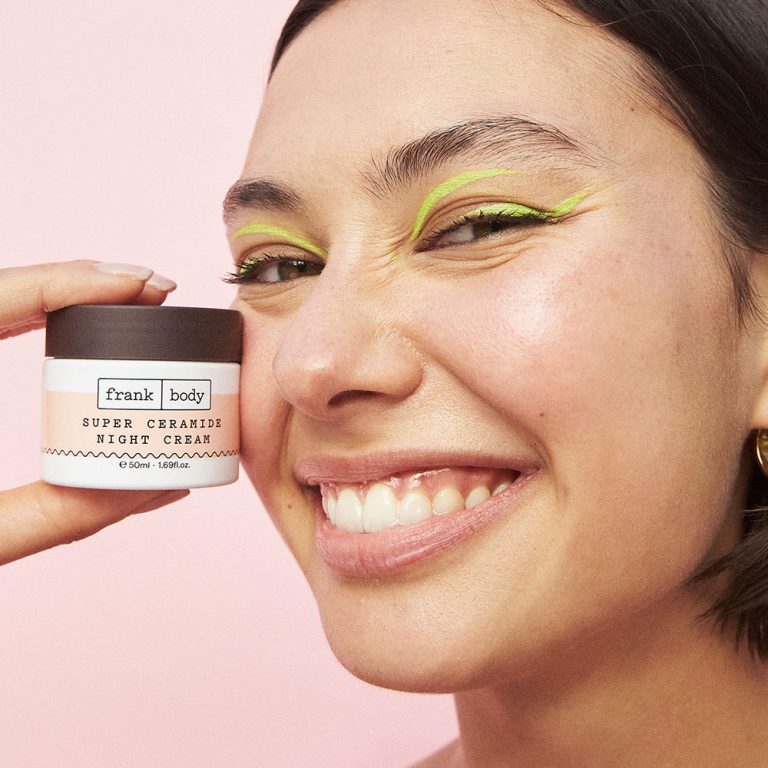
Combat Aging Skin with Premier Anti-Aging Face Creams
The Science Behind Anti-Aging Face Creams
As we age, our skin loses its youthful elasticity and firmness. Environmental factors, like UV rays and pollution, speed up this process. Anti-aging face cream aim to slow down these effects. They work in several ways to keep skin looking smoother and younger.
Understanding the Basics
At the core, anti-aging creams hydrate the skin. Well-hydrated skin can reduce the appearance of lines and wrinkles. But there’s more to these products than just moisture. Anti-aging face creams come packed with active ingredients designed to fight signs of aging.
Common Mechanisms
These creams often contain antioxidants. Antioxidants fight free radicals, unstable molecules that damage skin cells. Retinoids are also common in anti-aging face creams. They promote cell turnover, leading to fresher and more youthful skin. Peptides, another key ingredient, help in rebuilding and repairing damaged skin.
Advanced Technologies
Some anti-aging face creams use cutting-edge technologies. For instance, certain creams contain micro-encapsulated ingredients. These release slowly into the skin, providing longer-lasting benefits. Other creams use liposomes to deliver active ingredients deep into the skin’s layers. Nanotechnology is also emerging, allowing for better absorption of ingredients.
Each ingredient and technology plays a part in the overall effect of anti-aging face creams. These scientific approaches help to tackle the various causes of skin aging. By understanding the science, you can choose the best anti-aging face cream for your skin’s needs.
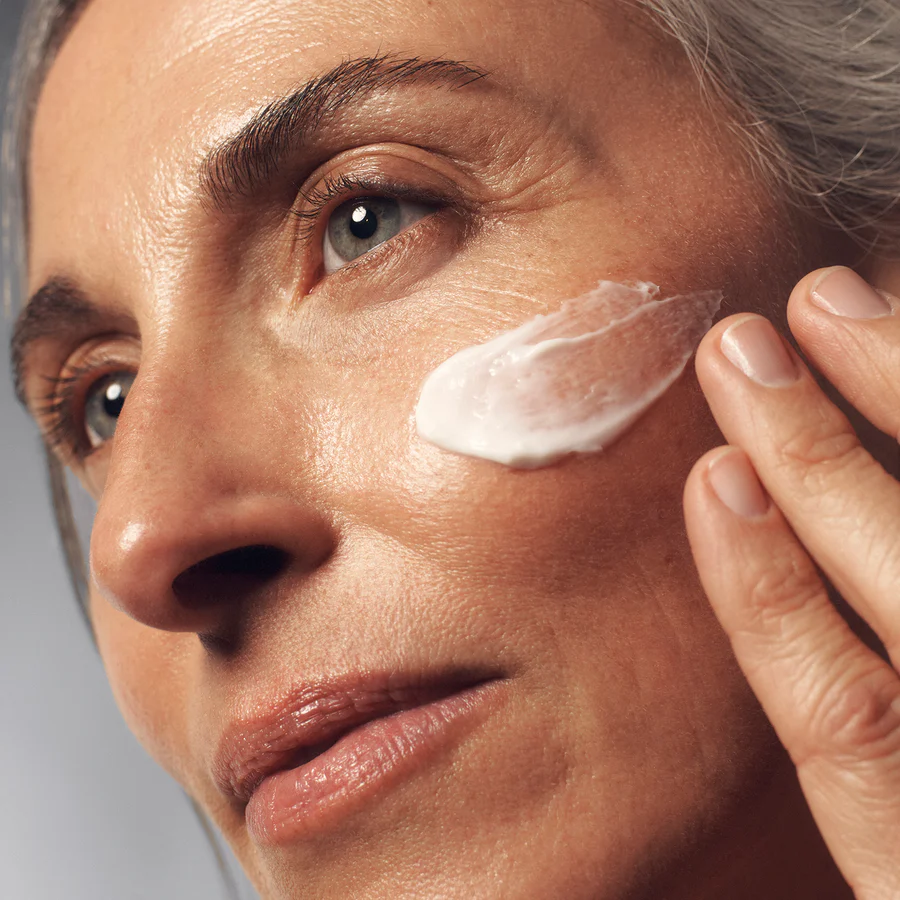
Key Ingredients to Look for in Anti-Aging Creams
When choosing your anti-aging face cream, attention to key ingredients is critical. Here’s what to target:
Hyaluronic Acid
This powerhouse hydrates and plumps skin, reducing wrinkles. Pair it with your daily moisturizer.
Retinol
A vitamin A derivative, retinol boosts cell turnover. This reveals newer skin and lessens age spots.
Vitamin C
As an antioxidant, Vitamin C shields skin from damage. It also brightens and evens skin tone.
Peptides
Peptides support skin repair and firmness. They signal your skin to produce more collagen.
Sunscreen
Never overlook sunscreen. It prevents new damage while other ingredients work on existing issues.
Niacinamide
This vitamin B3 form fights inflammation and improves elasticity. It also helps retain skin moisture.
Each ingredient targets different aspects of aging. Together, they form a robust defense against wrinkles and dullness. Opt for a cream that combines these ingredients for the best results. Investing time in finding the right cream pays off in a smoother, more youthful complexion.
Top-Rated Anti-Aging Face Creams for Different Skin Types
Finding the right anti-aging face cream for your skin type is essential. Each skin type reacts differently to ingredients and formulations. Here’s a look at the top-rated anti-aging face creams tailored for various skin concerns.
For Dry Skin
If you have dry skin, hydrating ingredients are key. Look for creams rich in hyaluronic acid and ceramides. These elements lock in moisture and soothe dry patches. A popular choice is a cream that combines these hydrators with nourishing oils.
For Oily Skin
For oily skin, a lightweight, non-comedogenic cream is ideal. Select formulas with retinol and niacinamide. They reduce oil and minimize pores without causing breakouts.
For Sensitive Skin
Sensitive skin needs gentle, fragrance-free options. Anti-aging creams with aloe vera and chamomile can calm and repair without irritation.
For Combination Skin
Combination skin requires a balance. Opt for a face cream that targets different zones. It should moisturize dry areas while controlling shine in oily spots.
For Mature Skin
Mature skin benefits from ingredients like peptides and antioxidants. These rebuild skin structure and protect against further damage.
Remember, the best anti-aging face cream will work with your skin’s unique traits. Read labels and reviews before choosing a product. With the right cream, you can achieve a youthful and radiant complexion.
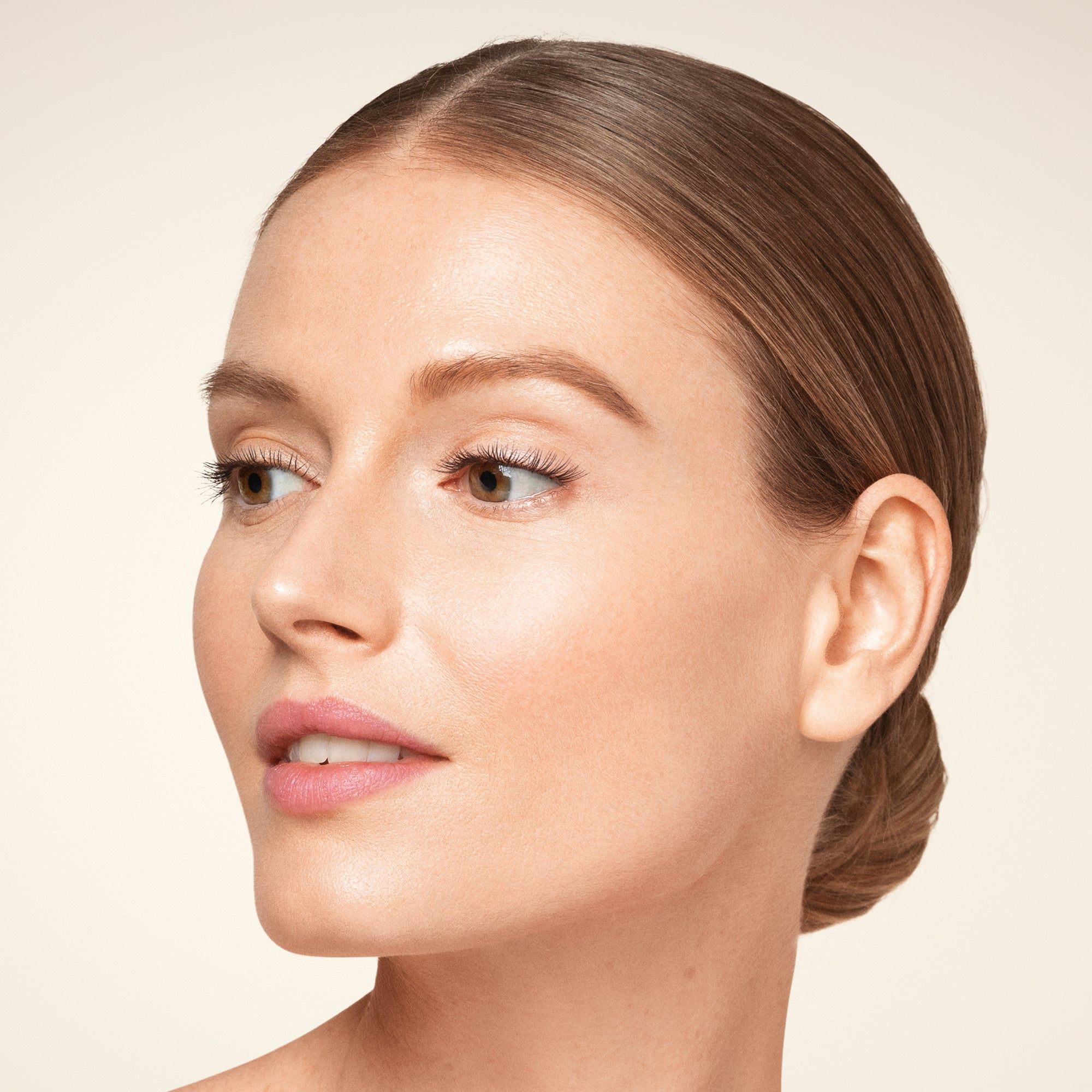
How to Integrate Anti-Aging Creams into Your Skincare Routine
Incorporating anti-aging face cream into your daily skincare routine can be simple. Start with a clean base. Use a gentle cleanser to remove dirt and oils. This prepares your skin for optimal absorption of the cream. Follow with a toner if you use one; it can restore pH balance and refine pores.
Next, apply the anti-aging face cream. Use upward strokes to encourage tight, firm skin. Focus on areas with fine lines or wrinkles. Since consistency is key, make this a part of your morning and night rituals. Be sure to use the cream after any serums but before applying sunscreen in the morning.
For best results, wait a few minutes after applying the cream. This allows it to penetrate your skin before layering on additional products. At night, you may opt for a cream with a heavier formulation to nourish the skin while you sleep.
Don’t forget the eye area, a common site for early aging signs. Use a cream specifically designed for this delicate zone. Remember, a little goes a long way. Use the size of a pea for the entire face and eye area.
Lastly, while using your anti-aging face cream, listen to your skin’s response. You may need to adjust the product use or application frequency. With the right technique and persistence, your skin will begin to show a more youthful and vibrant appearance.
The Role of Sun Protection in Anti-Aging
Sun protection is crucial in the anti-aging battle. The sun’s UV rays can speed up skin aging. They cause wrinkles, sunspots, and even skin cancer. This is why sunscreen is a key ingredient in anti-aging face cream. Here’s how sun protection can help maintain youthful skin:
Prevents Damage Before It Starts
Daily sunscreen use blocks harmful rays. It stops them from damaging skin cells. This prevents new wrinkles and discoloration.
Supports Skin’s Repair Mechanisms
By protecting skin, sunscreen allows it to repair itself. Skin functions better without the stress of UV damage.
Enhances Effectiveness of Other Anti-Aging Ingredients
Ingredients like Vitamin C and retinol are UV sensitive. Sunscreen safeguards these elements so they can work on your skin without interference.
Make sure your anti-aging face cream has SPF. Even on cloudy days, UV rays can affect skin. Apply it every morning as the last step in your routine. Reapply it if you spend a lot of time outdoors. Pair it with hats and sunglasses for more protection. Remember, sunscreen is the best anti-aging tool you have. Use it every day for vital skin defense.
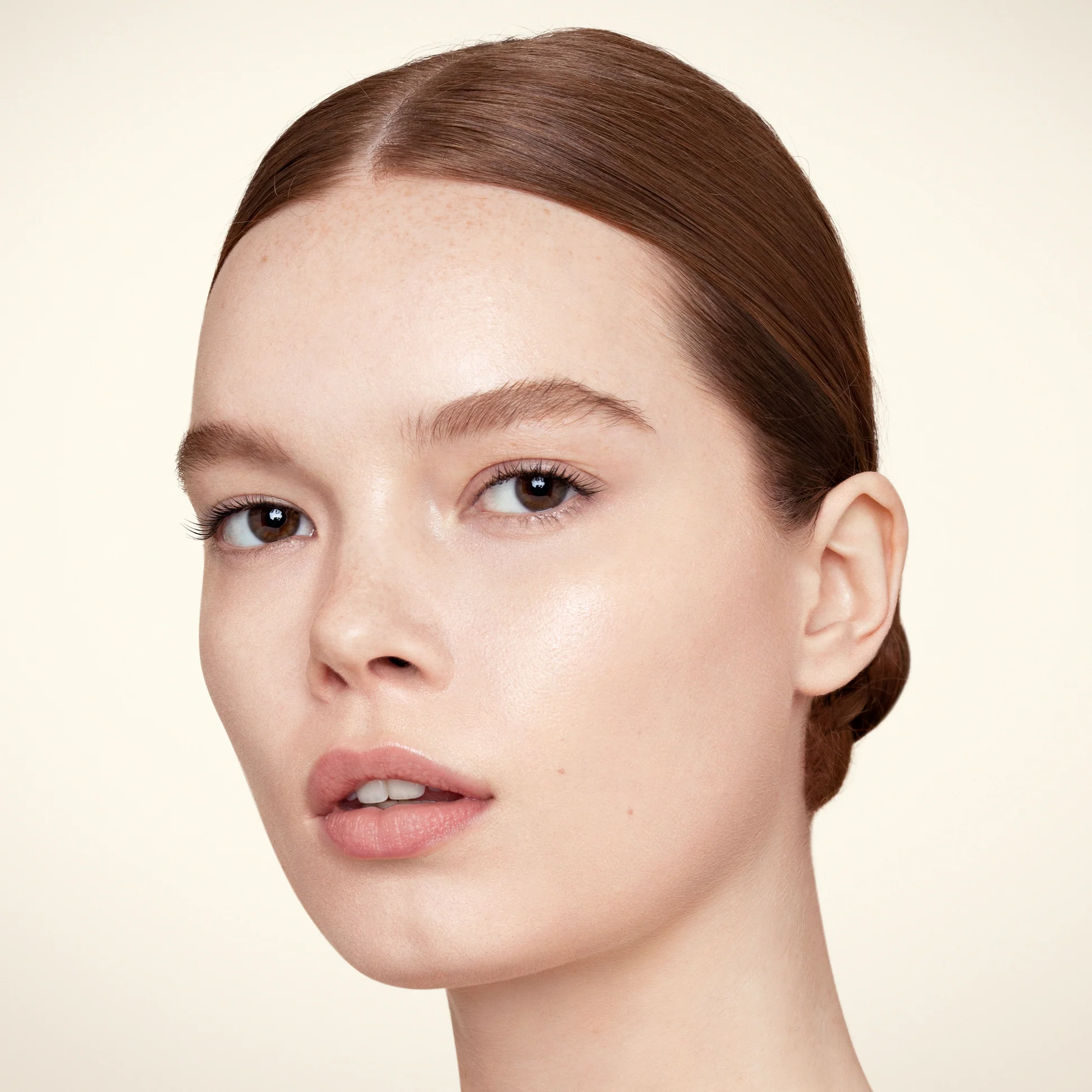
Addressing Common Signs of Aging with Targeted Treatments
Each sign of aging may require specific treatments for the best results. Let’s explore how anti-aging face creams can target common concerns.
Fine Lines and Wrinkles
Creams with peptides and retinol help here. They boost collagen and renew skin. This can smooth out those lines.
Dark Spots and Uneven Skin Tone
Look for creams with Vitamin C and niacinamide. They lighten spots and even out tones. Your skin looks brighter and more uniform.
Dryness and Dehydration
Hyaluronic acid is the hero for dry skin. It deeply hydrates, bringing back a plump, fresh look to your face.
Loss of Firmness
To firm up skin, seek out creams with peptides and antioxidants. They strengthen skin’s structure, giving it a firmer feel.
Sun Damage
Prevent and repair sun damage with creams that contain sunscreen. Also look for antioxidants to repair past harm.
Choose creams that address your specific concerns. Applying them as directed can make a visible difference.
The Importance of Consistency and Patience in Anti-Aging Regimens
The journey to youthful skin is not an overnight sprint. It’s a marathon requiring consistency and patience. Without these, even the best anti-aging face creams may not yield the expected results. Here’s why sticking to your regimen and giving it time is crucial:
Consistency is Key
Regular use of anti-aging products is essential. Applying face cream once in a while won’t cut it. Your skin needs time to absorb the benefits of hyaluronic acid, retinoids, and peptides. Make it a habit to apply your cream every morning and evening. This routine care brings out the full potential of your anti-aging regimen.
Patience Pays Off
Some ingredients, like retinol, take weeks to show improvement. You won’t wake up with fewer wrinkles after a single use. It’s vital to give each cream time to work. Over months, you’ll notice smoother skin and reduced lines. Jumping from product to product can confuse your skin. Stick with one effective cream to see gradual change.
Building the Foundation
Think of your skincare like building a house. It takes time and effort to lay a solid foundation. The same goes for your skin. Peptides and antioxidants build firmness and resilience slowly. Trust the process for lasting benefits.
Adjustment Periods
Remember, your skin might need time to adjust to new ingredients. Initial reactions, like mild irritation, often improve with consistent use. If your skin reacts badly, give it time to calm before trying again or opting for a different product.
Monitoring Progress
Track changes in your skin to see how well your regimen works. Take photos or keep a journal. Small improvements can motivate you to continue. They show that your patience and efforts are worthwhile.
Adopt an anti-aging face cream regimen with these principles. Stay diligent and patient. Over time, your skin will thank you with a more youthful and radiant glow.
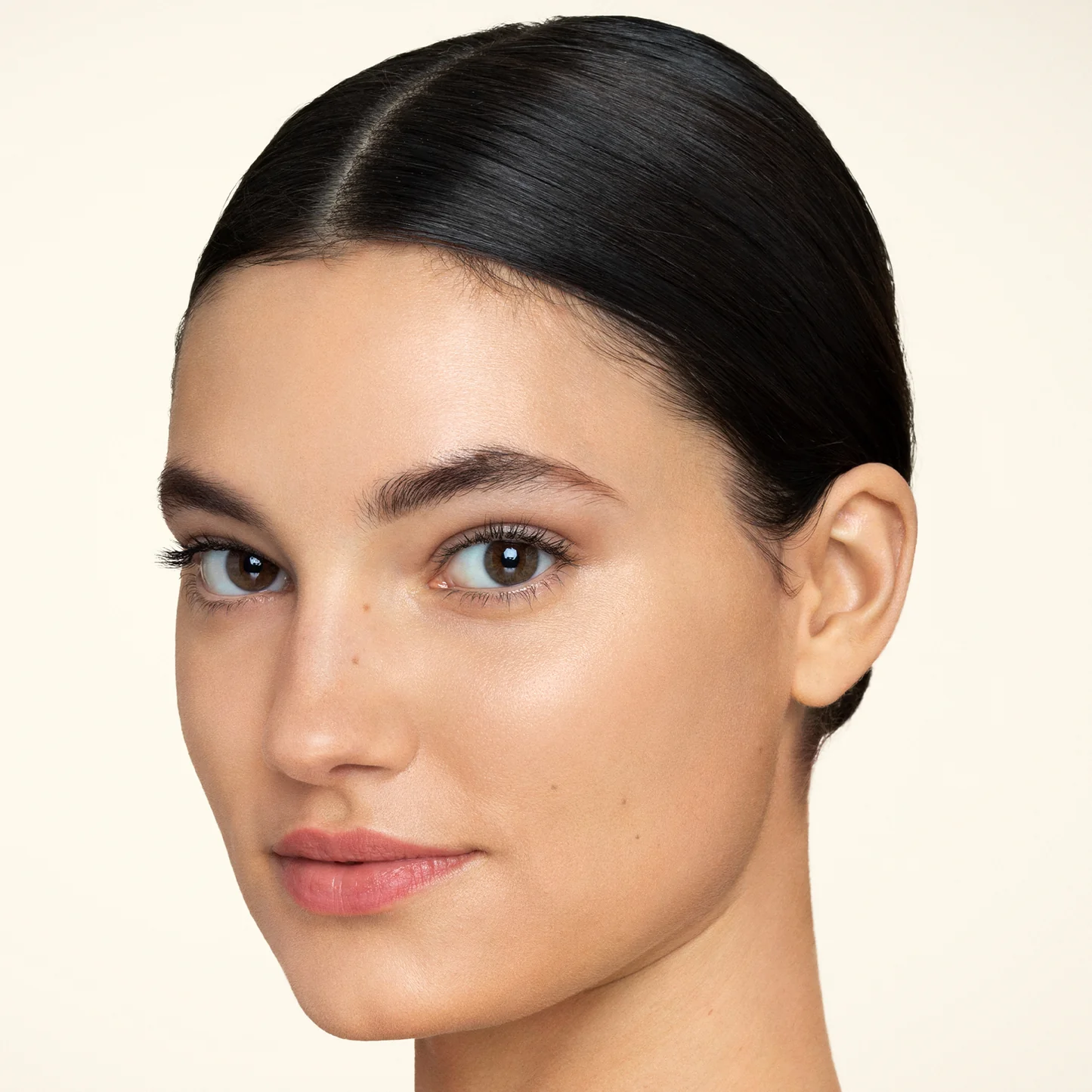
Comparing Over-the-Counter Vs. Prescription Anti-Aging Solutions
When searching for the right anti-aging face cream, you’ll come across over-the-counter (OTC) and prescription options. Understanding their differences can help you make an informed decision.
Over-the-Counter Anti-Aging Creams
OTC creams are readily available at stores and online. They often have lower concentrations of active ingredients compared to prescription creams. The benefit is that they are usually gentler on the skin and less likely to cause irritation. They also offer a variety of options for different skin types. Key components like retinol, hyaluronic acid, and peptides are found in many OTC formulations. They can effectively address fine lines, dryness, and minor skin tone issues.
Prescription Anti-Aging Treatments
Prescription options, like tretinoin and stronger retinoids, are more potent. A doctor or dermatologist must prescribe them. These treatments can offer faster results, especially for deep wrinkles and pronounced sun damage. However, they may come with side effects such as increased sensitivity, peeling, or redness. If you choose a prescription treatment, it’s important to follow your healthcare provider’s guidance closely.
Making the Right Choice
Your skin’s needs, your tolerance for potential side effects, and your skincare goals should guide your choice. If you have sensitive skin or are new to anti-aging products, starting with OTC solutions might be best. For more advanced concerns, a prescription solution could be more effective. Consulting with a dermatologist can provide tailored advice.
Remember to maintain realistic expectations with both OTC and prescription creams. Consistent use and patience are crucial for seeing results. By comparing these two avenues, you can select the anti-aging face cream that’s most appropriate for your skin’s condition and your cosmetic objectives.

